Affiliate links on Android Authority may earn us a commission. Learn more.
How to get into great shape with a fitness tracker in just 7 minutes... a day
Published onDecember 19, 2017
For many, the reality of owning a fitness tracker doesn’t quite live up to the hype. Maybe it just quietly counts your steps without actually having impact on your fitness. Maybe you stopped wearing it after the first couple of weeks. They say “that which is measured, improves,” but in my experience you also have to actually do something in order to see results.
The problem is not lack of will or a poor metabolism. It comes down to time. You’re busy. We all are!
Fortunately, I’m the Android guy who believes he can get anything done in just 7 minutes. And I can. Just ask my wife.
Here’s how to get in shape by using your fitness tracker for just 7 minutes (per day).
The theory
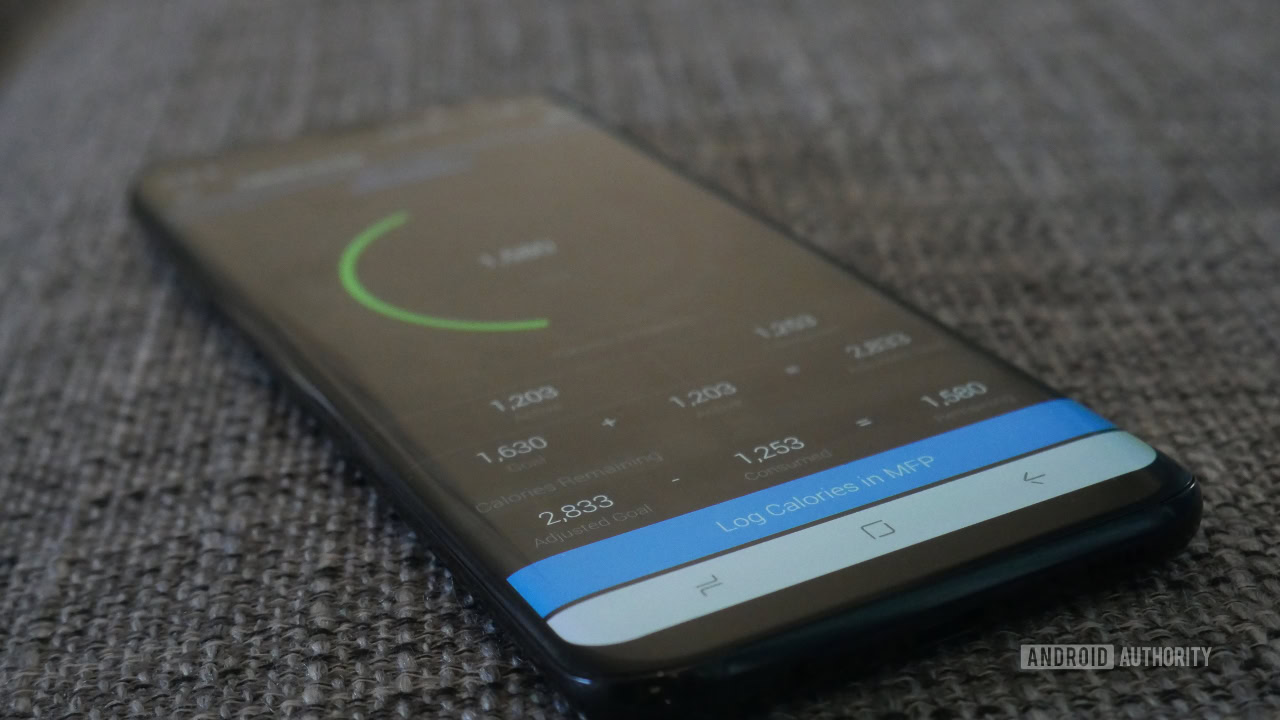
Fitness trackers are much more than just step counters. They can carefully monitor athletic performance, health and fitness, and feed you the raw data you need to transform your physique. This kind of technology was once the reserved for professional athletes, so it’s almost criminal not to use it to its fullest.
This kind of technology was once the reserve of professional athletes
First, it’s important to define our goals. My promise here was that you would be able to “get into great shape.” By that, I mean fitter and healthier, leaner, and more athletic. Lofty aims for 7 minutes, but I’m sure we can achieve it.
Next we need to create an athletic profile based on your current stats, so we know what to aim for. This is where the use of technology will first come in very handy.
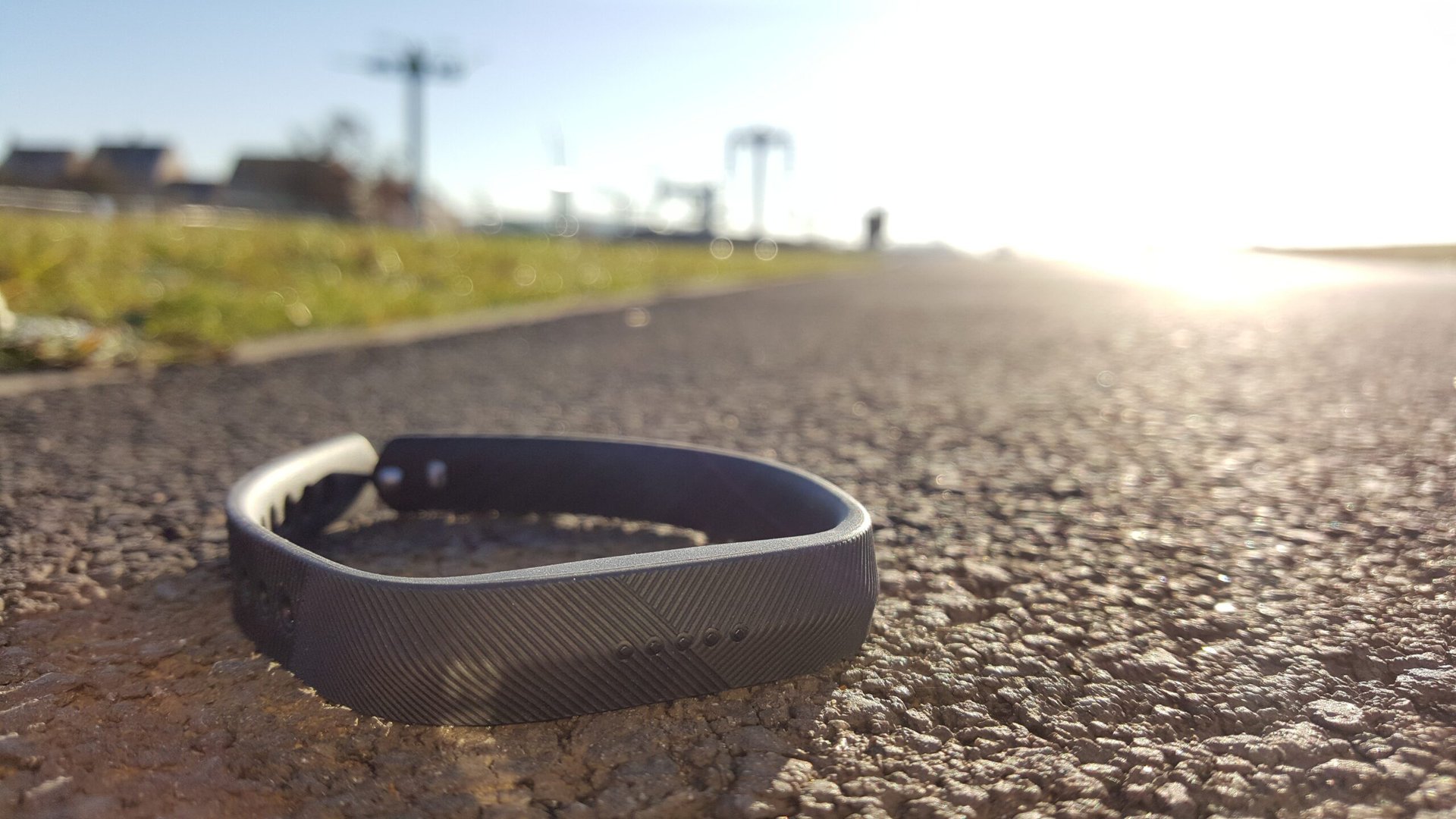
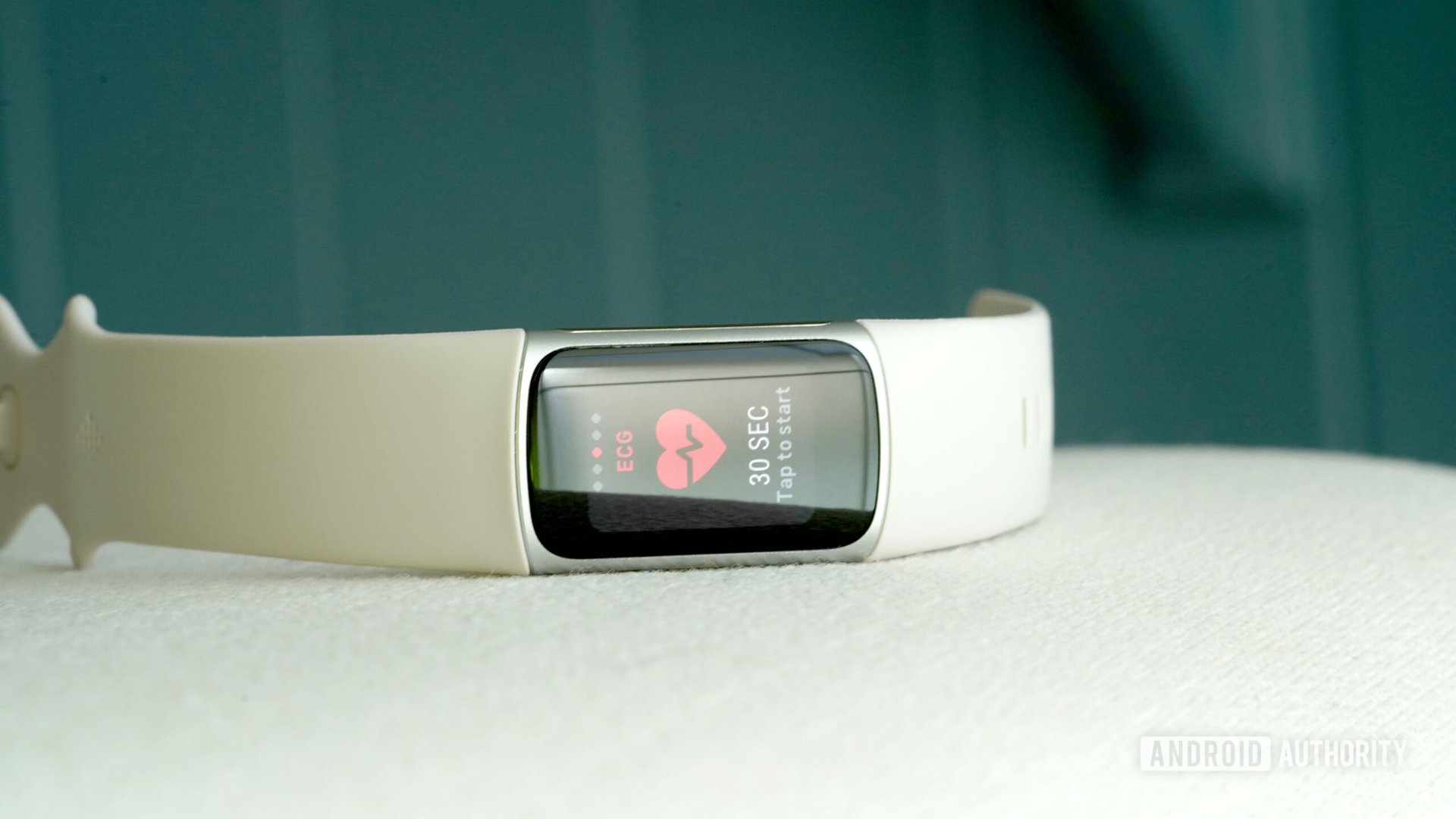
We are going to work on your ‘lactate inflection point’ or ‘lactate threshold’ (essentially, your anaerobic threshold). This is the point at which your body switches to an anaerobic state, where you tax your body so much that your aerobic system can’t deliver energy fast enough. In other words, burning fat and bringing it to the muscle is taking too long and so your body has no option other than to burn sugar from elsewhere. During anaerobic exercise we switch to the lactic acid system, which uses blood sugar and glycolysis to provide us with usable energy (ATP).
This is the central concept behind High Intensity Interval Training (HIIT). HIIT uses short bursts of intense activity, followed by short periods of relative recovery. That could mean sprinting for a minute, then jogging slowly for a minute, then sprinting for a minute again. This forces the body to switch between its aerobic and its anaerobic systems, so that one moment you are burning fat and the next moment you are burning glucose from your blood.
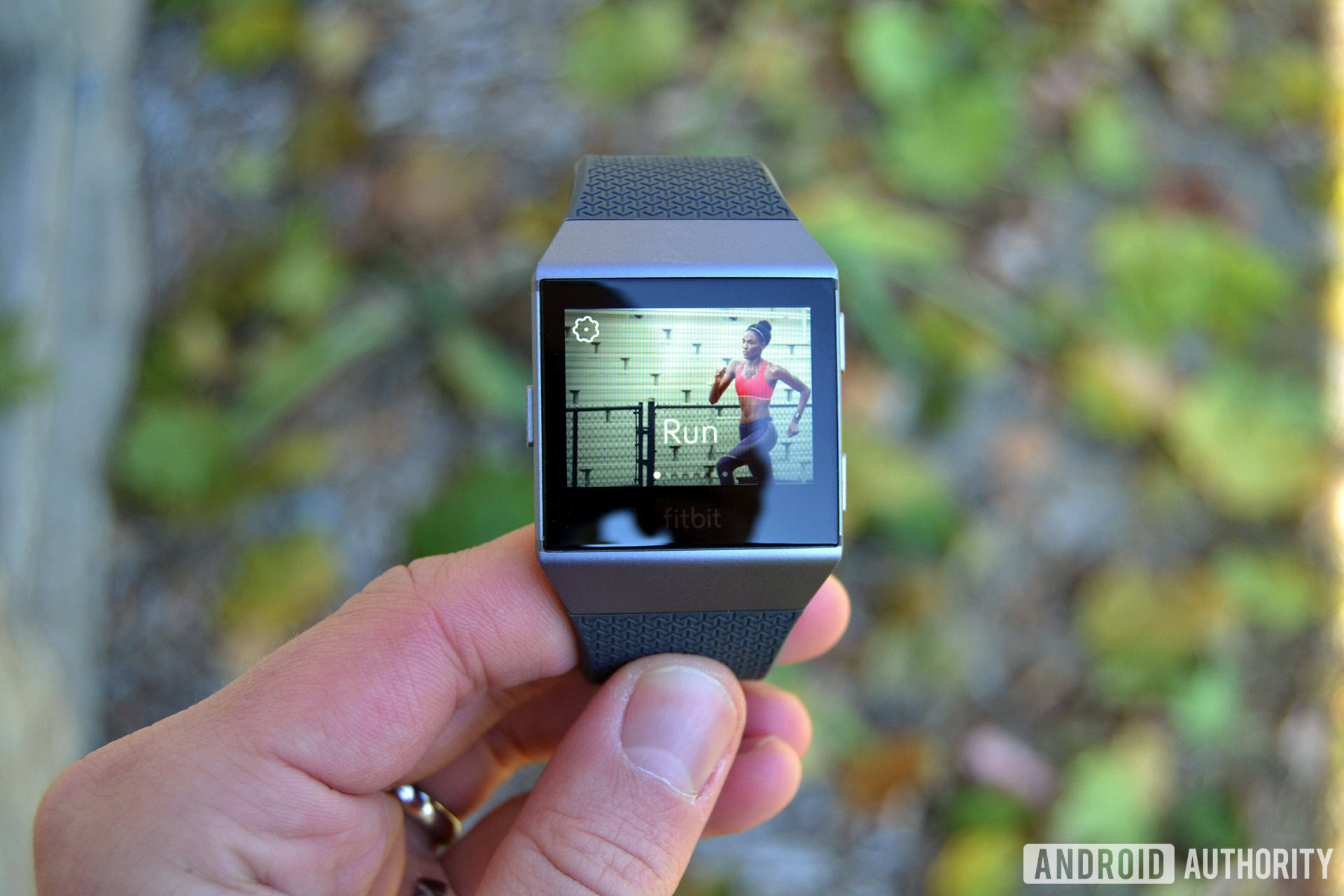
Switching to an anaerobic state is highly beneficial for weight loss and performance because it removes the stored glucose in your muscles and blood, forcing your body to subsequently burn more fat. This is sometimes referred to as the ‘afterburn effect’ and studies show it results in greater fat loss over time.
The lactate inflection point is also the point at which your body starts to increase in acidity (due to an increase in hydrogen ions), resulting in the ‘burn’. This is what keeps you from remaining in an anaerobic state and forces you back to the ‘cleaner’ aerobic state.
“Anaerobic threshold training” will help you to increase your threshold and your body’s ability to use lactate as a fuel source, so you can run faster and longer. It can even improve your tolerance in this state, allowing you to go all out for longer. A highly trained athlete may be able to sustain activity at 90 percent of their maximum heart rate.
See also: Best GPS running watches | Garmin vívosport review
HIIT also has a host of other benefits. It increases your VO2 Max, the volume of oxygen you can use during a workout, which in turn can be used to predict athletic performance; mitochondrial density, the number of energy producing units in your cells; and brain power. Some recent studies even suggest it can help to turn back the clock and rejuvenate damaged cells.
Some recent studies even suggest that HIIT workouts can help to turn back the clock and rejuvenate damaged cells.
A lot of people use HIIT but don’t actually enter an anaerobic state, so they aren’t getting the most out of it. It’s kind of the whole point of HIIT. By using your fitness tracker to calculate and then monitor your state this way though, it’s possible to maximize the results from a much shorter workout.
A 7 minute workout, in fact.
You’ll get all those benefits, including increased weight loss, better athletic performance, and anti-aging, in just that short amount of time.
The 30 minute test
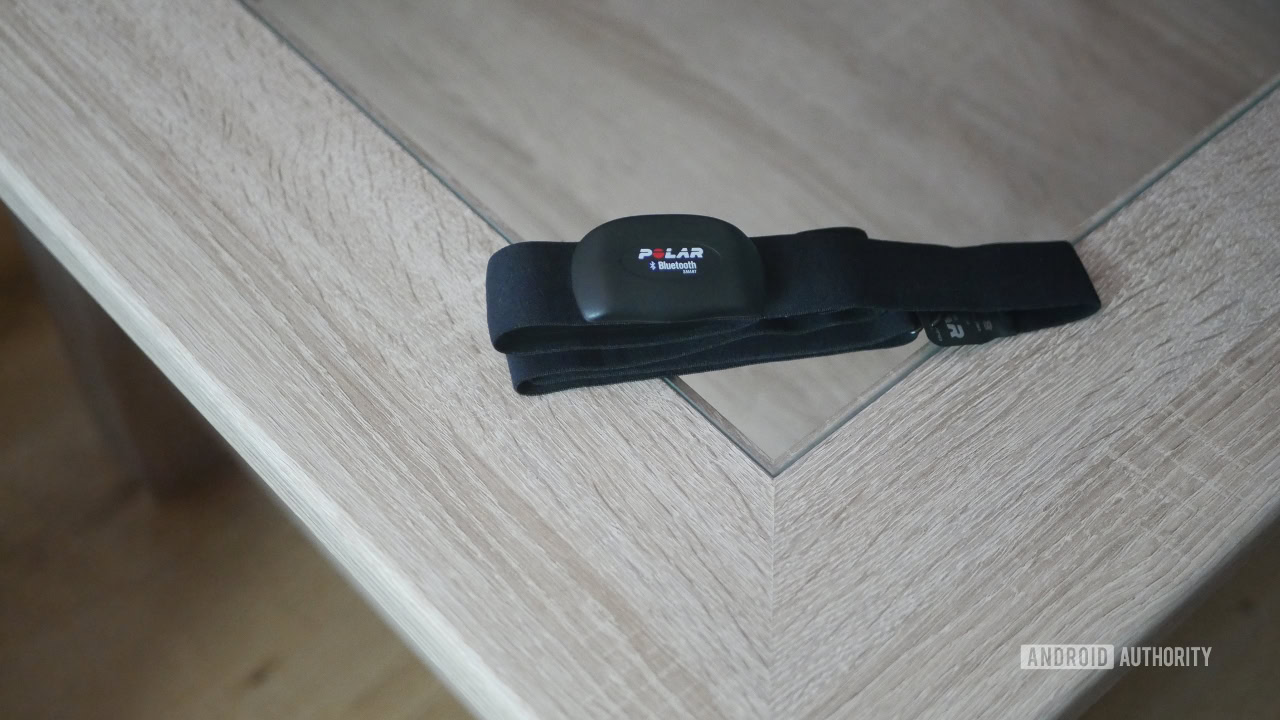
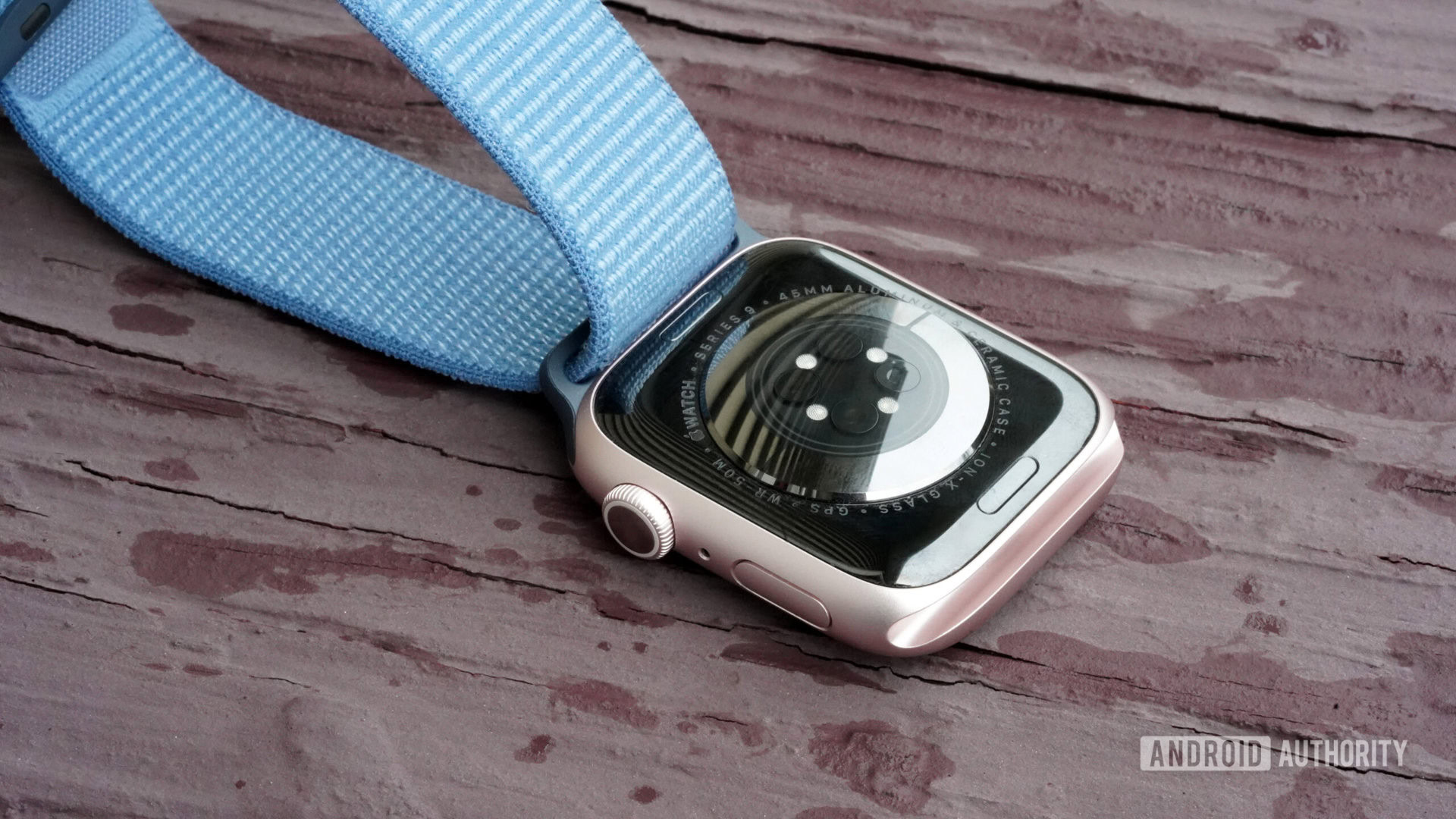
Grab your Fitbit, Garmin, or whatever else, and get ready for the 30 minute test. Ideally, you want the most accurate heart rate tracking possible, so I recommend using an external heart rate monitor from a brand like Polar. If you haven’t got one, a wrist worn tracker will do for now.
The 30 minute test involves running, cycling or anything else aerobic as fast as possible for a full, uninterrupted 30 minutes. Yes, it’s pretty brutal. Make sure to set the lap button on your tracking device to 10 minutes and then stop after 30 minutes.
The average heart rate for the last 20 minutes is going to be your LTHR, or your Lactate Threshold Heart Rate. This is your heart rate at the lactate inflection point. It’s the most you can sustain for a prolonged period. Therefore, this is the heart rate you are aiming for during your training.
It’s not a perfect test, but many trainers use it to decent effect. You’ll need to make sure that you re-measure about once every 6 weeks as your threshold improves.
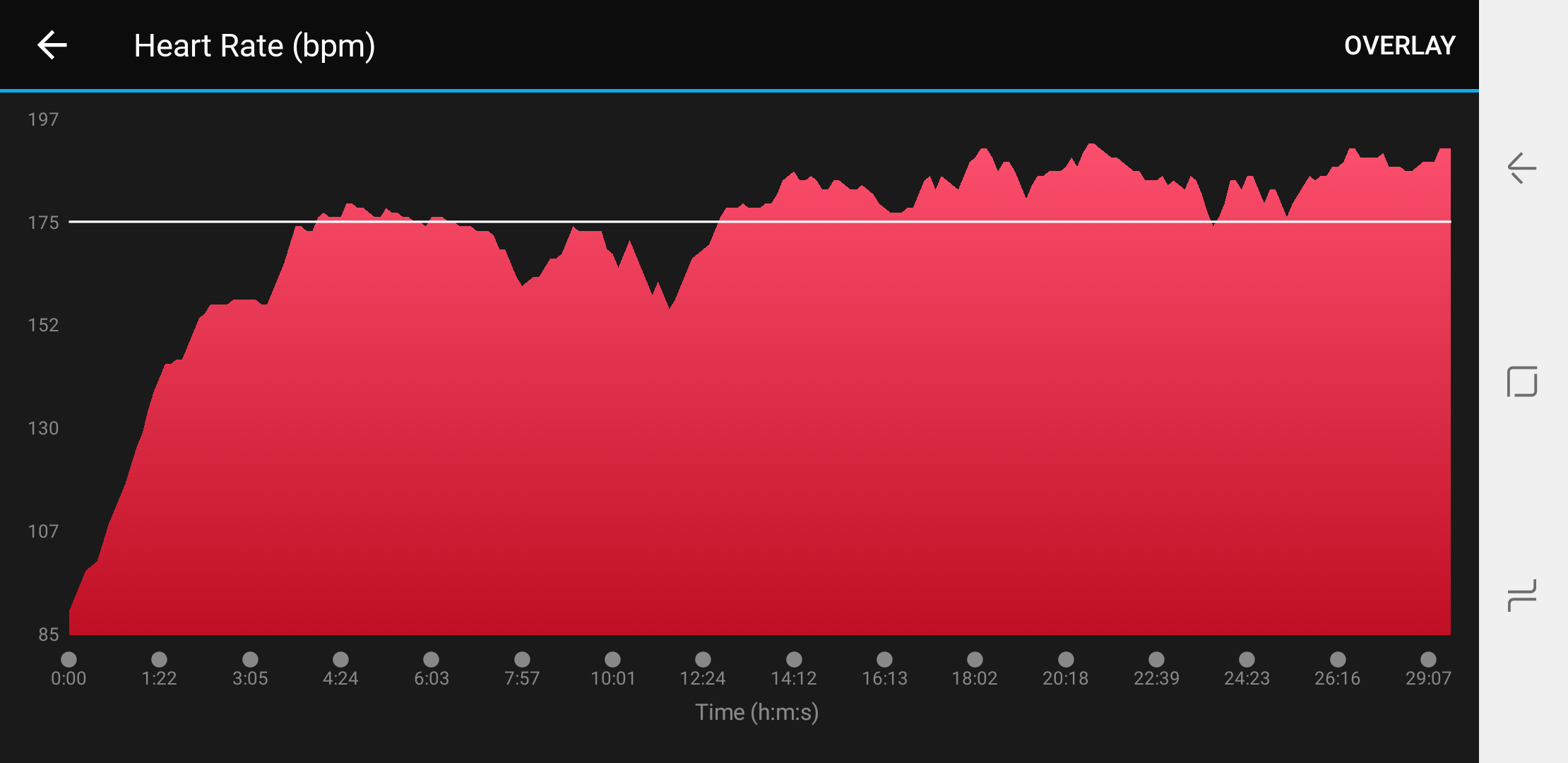
Keep in mind this is a tough workout and it’s only advisable for those that already have a base level of fitness. If you have any concerns about your health, consult a doctor first. If you just don’t want to go through the test, you can roughly estimate your lactate threshold at around 70 or 80 percent of your MHR, depending on your fitness level.
The 7 minute workout
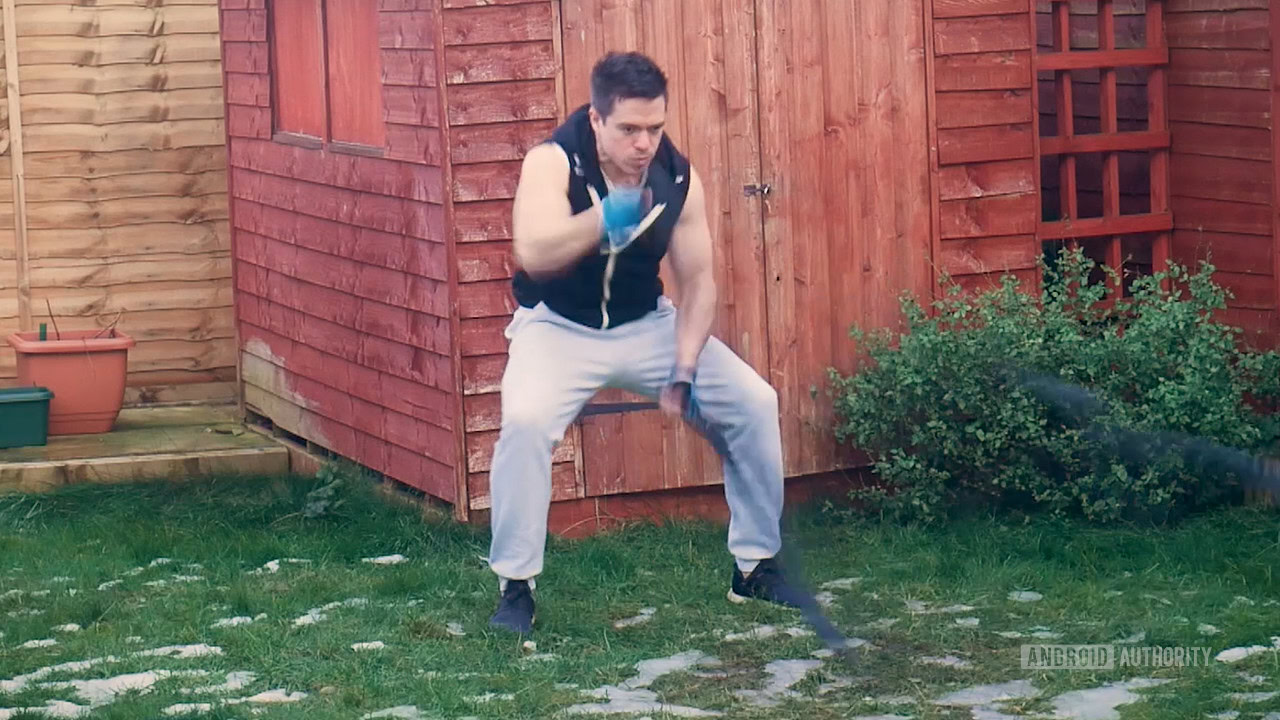
With this in mind, we can now begin our 7 minute workout. The aim is to spend as much time as possible above our lactate threshold.
I recommend choosing a form of ‘resistance cardio’ to use for your exercise. Running can be counterproductive for this, as it takes 7 minutes just to put on your shoes and leave the house. What’s more, choosing resistance cardio (a form of cardio where you’re pushing or pulling against resistance) will tone and firm up muscle while burning fat. This will lead to greater fat burning in the long term, seeing as muscle is more metabolically active than fat. Toning is as important as fat burning – if not more – when it comes to body recomposition.
Not only that, but using resistance allows you to reach your anaerobic threshold quicker, because it takes more energy to complete the movements. Finally, it will protect your muscles against being cannibalized for fuel (BCAAs can help with that too).
More: How to use your fitness tracker to get fit – a comprehensive guide
A great option is to use battle ropes. These are heavy ropes which you can beat against the ground in order to tone muscle in the shoulders and arms while burning fat. Kettlebell swings are also fantastic and will help to build your posterior chain for explosive power. Switching between the two could give more of a full-body workout, and make the heart work harder too.
This is the routine you will follow to begin with:
- 30 second warm up
- 1 minute fast
- 30 seconds recovery
- 30 seconds fast
- 1 minute recovery
- 30 seconds fast
- 1 minute recovery
- 30 seconds fast
- 1 minute recovery
- 30 second cool down
Constantly check your fitness tracker to make sure you’re really hitting that zone and going above it (most people can sustain effort above their LTHR for about 20-40 seconds). You can watch your wrist to ensure you’re actually reaching that point and set heart rate zones on many devices in order to be alerted when entering and exiting that state.
This workout will change over time, and you’ll spend more and more time in your LTHR. As you get more confident, you can also reduce your recovery periods. It’s worth retesting your LTHR about once every 6 weeks.
Don’t worry if you don’t like my workout, there are plenty of HIIT workouts out there – in fact there are plenty of 7 minute HIIT workouts right on the Play Store.
For those with more than 7 minutes to train, this form of exercise works excellently at the end of your regular routine. You can use it at the end of a workout in order to add cardio benefit and lean up without damaging muscle gains.
If you don’t like my workout, there are plenty of other HIIT workouts out there – in fact there are plenty of 7 minute HIIT workouts right on the Play Store. It’s down to you to ensure you’re working hard enough.
Losing weight
This routine is all well and good, but doesn’t guarantee weight loss. Calories in and out are a huge factor in this. If you consume more calories than you burn (called a calorie ‘surplus’), you gain weight. If you burn more than you consume (called a ‘deficit’), you lose weight.
If you use this 7 minute HIIT workout daily but you also increase the amount you eat threefold, then it’s not going to help you lose weight. If you make sure that you are eating less than you burn during the day—taking the HIIT into account—you’ll lose weight.

There are other strategies to this, like fasting to ramp up your metabolism, but the easiest and most practical strategy is just to lower your food intake.
Fortunately, the device on your wrist can keep track of precisely how many calories you are burning and the one in your pocket for can keep track of how many you are taking in. That way you can ensure all the hard work pays off in the abs department.
You have a device on your wrist that you can use in order to know precisely how many calories you are burning and one in your pocket for how many you are taking in
My Fitness Pal will allow you to log all the calories you consume simply by scanning bar codes or entering the values manually (found on the back of the packaging). Regular items will be available from a handy list so you don’t need to keep scanning them. Once you’ve used it for a few days, it gets much quicker. Quick tip: dieting is a lot easier when you maintain somewhat consistent eating habits. This way, there are fewer confounding variables.
Syncing My Fitness Pal with Garmin Connect, S Health, or other apps will help you see a log of all the calories going in and coming out. If your 7 minute workout was intense enough, you might find that you manage to maintain that deficit without making any drastic lifestyle changes. Otherwise, walk a little extra, eat a little less, and use your devices to keep tabs on it all.
Wrapping up
A fitness tracker can be much more than just a fancy pedometer. Let me know in the comments down below how you’ve been using yours to stay in shape.